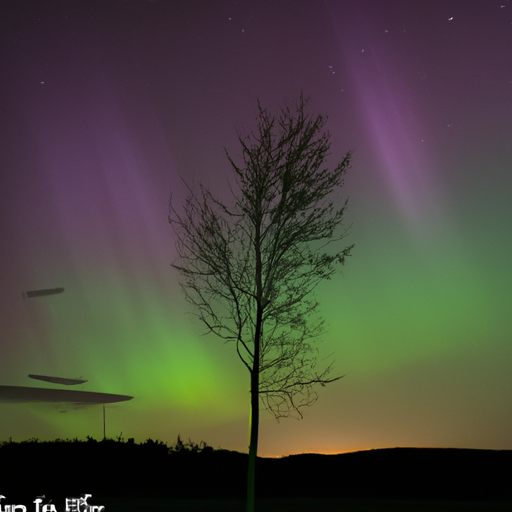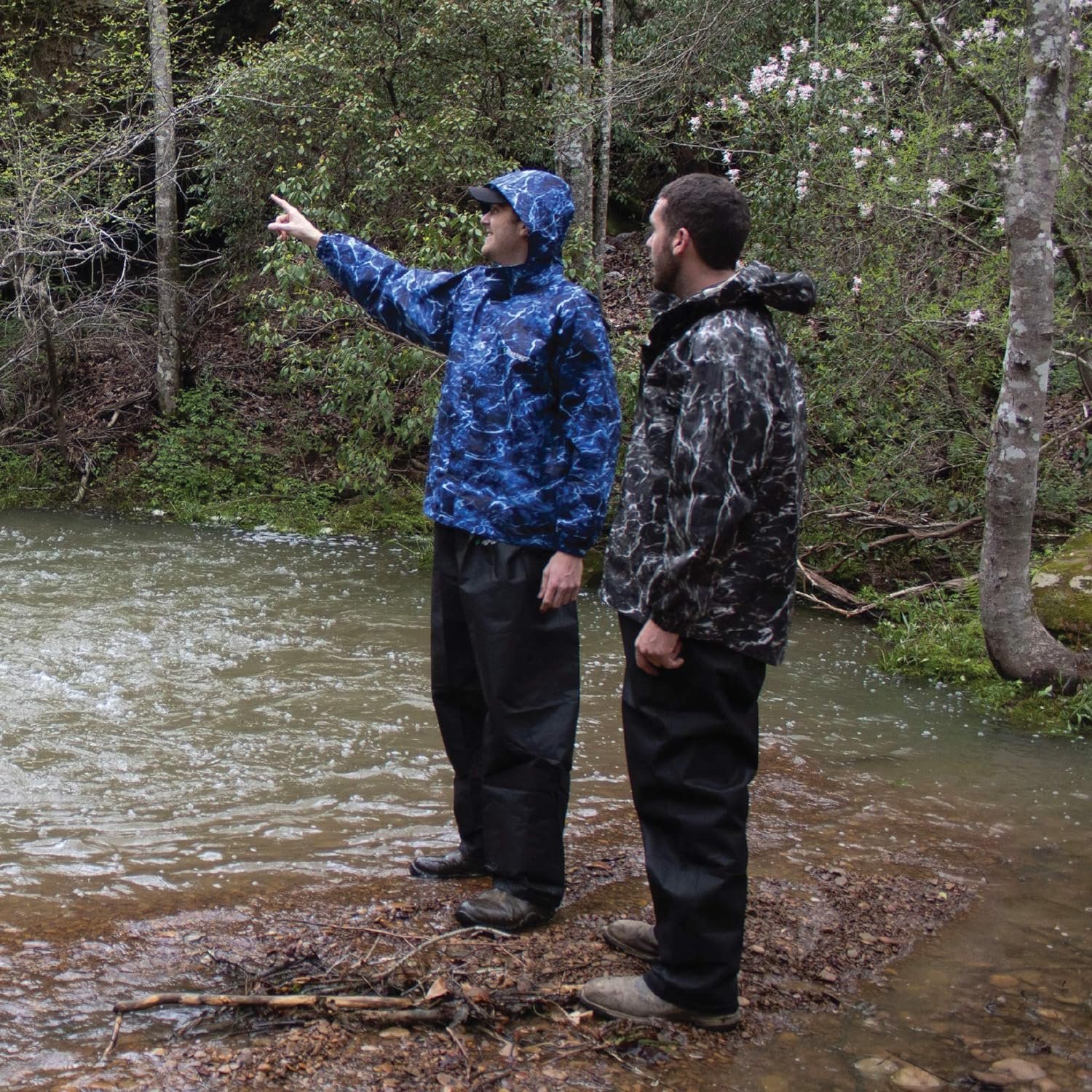If you’ve ever wondered when the best time to catch a glimpse of the magnificent Northern Lights in New Brunswick is, we’ve got you covered! Whether you’re a potential tourist, a curious student, or simply someone seeking information about this breathtaking natural phenomenon, we’ve compiled some helpful FAQs to provide you with all the answers you need. From the perfect timing to witness the dazzling lights to tips for optimizing your viewing experience, we’ve got you covered. So buckle up and get ready to embark on an otherworldly journey right here in New Brunswick!
What Time Is Best To See The Northern Lights In NB?
Table of Contents
Factors affecting the visibility of the Northern Lights
When it comes to witnessing the awe-inspiring beauty of the Northern Lights, also known as the Aurora Borealis, several factors come into play that can impact the visibility of this natural phenomenon. Understanding these factors can greatly increase your chances of experiencing this magical celestial show. In this article, we will explore the key factors that affect the visibility of the Northern Lights in New Brunswick and provide you with tips for optimizing your viewing experience.
Solar activity
One of the primary factors that influence the visibility of the Northern Lights is solar activity. The Northern Lights are caused by collisions between charged particles from the sun’s atmosphere and atoms in the Earth’s atmosphere. When the sun is more active, it sends out more solar flares and magnetic storms, resulting in an increased likelihood of seeing the Northern Lights.
Understanding solar activity
Solar activity refers to the amount of energy emitted by the sun in the form of solar flares, coronal mass ejections (CMEs), and solar wind. Scientists monitor solar activity through various instruments and observations. The most widely used indicator of solar activity is the sunspot number, which measures the number and intensity of dark spots on the sun’s surface. Higher sunspot numbers generally indicate higher solar activity.
Correlation with Northern Lights visibility
There is a direct correlation between solar activity and the visibility of the Northern Lights. When solar activity is high, the chances of witnessing a dazzling display of colors in the night sky increase significantly. However, it’s important to note that even during periods of low solar activity, the Northern Lights can still make an appearance, albeit less frequently and with less intensity.
Monitoring solar activity
To stay updated on solar activity, you can refer to resources such as space weather forecast websites, solar activity trackers, and official government space agencies’ websites. These sources provide real-time information on solar flares, CMEs, and other indicators of solar activity. By keeping an eye on solar activity, you can plan your Northern Lights viewing excursion during periods when the chances of visibility are highest.
Clear skies
While solar activity plays a crucial role in the visibility of the Northern Lights, clear skies are equally important. Cloud cover can obstruct the view of the Northern Lights and diminish the overall experience. Therefore, it is essential to choose a night with clear skies for optimal visibility.
Importance of clear skies
Clear skies provide an unobstructed view of the Northern Lights, allowing you to witness their full brilliance. Clouds can act as barriers, making it difficult to see the dancing lights against the dark backdrop of the night sky. Therefore, it is crucial to choose a night when the weather forecast predicts clear skies.
Weather conditions for optimal visibility
In addition to clear skies, certain weather conditions can enhance the visibility of the Northern Lights. Cold and dry weather is generally favorable since it reduces atmospheric disturbances and helps to maintain clear skies. Additionally, nights with low humidity and minimal wind are ideal for observing the Northern Lights, as they minimize the chances of clouds forming and ensure a still environment.
Monitoring weather forecasts
To plan your Northern Lights viewing excursion, it is recommended to monitor weather forecasts. Websites and apps dedicated to weather forecasting provide detailed information on cloud cover, temperature, humidity, and wind speed. By checking the forecast for your desired viewing location, you can select a night with the highest chances of clear skies, increasing your probability of witnessing the Northern Lights in all their glory.
Light pollution
Another crucial factor that affects the visibility of the Northern Lights is light pollution. Light pollution refers to the excessive artificial illumination from cities, towns, and other man-made sources, which can diminish the brightness and vividness of the Northern Lights.
Effects of light pollution
When you are in an area with high light pollution, the ambient light from street lights, buildings, and other sources can overpower the faint glow of the Northern Lights. The result is a less vibrant display with reduced visibility. Therefore, it is best to venture away from areas with significant light pollution to maximize your chances of experiencing the full splendor of the Northern Lights.
Finding dark sky locations
To escape the effects of light pollution, it is recommended to seek out dark sky locations for your Northern Lights viewing. Dark sky locations are areas with minimal light pollution, allowing for a clearer and more vivid view of the night sky. National parks, remote rural areas, and designated dark sky reserves are excellent options for experiencing the Northern Lights without the interference of artificial illumination.
Benefits of staying away from city lights
Staying away from city lights offers several benefits when it comes to observing the Northern Lights. Not only does it improve visibility, but it also enhances the overall experience. Being immersed in a tranquil and natural environment, surrounded by darkness and silence, amplifies the sense of wonder and awe that accompanies witnessing the Northern Lights.
Geographic location
The geographic location of your viewing spot is yet another factor that affects the visibility of the Northern Lights. In the case of New Brunswick, Canada, understanding the region’s latitude, longitude, and magnetic latitude can help in determining the best places to view this celestial phenomenon.
Latitude and longitude of New Brunswick
New Brunswick is situated between latitude 45°N and 48°N and longitude 63°W and 68°W. The province’s location puts it at a favorable position for observing the Northern Lights, as it lies within the auroral zone.
Magnetic latitude and aurora oval
The aurora oval is an area encircling the Earth’s magnetic pole, where the chances of seeing the Northern Lights are highest. The magnetic latitude of New Brunswick falls within the aurora oval, meaning that the province is in a prime location for experiencing the Northern Lights.
Best places in New Brunswick to view the Northern Lights
In New Brunswick, there are several excellent locations for viewing the Northern Lights. The further away from light pollution sources, the better your chances of an unobstructed view. Consider heading to rural areas, national parks, or observatories such as Fundy National Park, Kouchibouguac National Park, and Mount Carleton Provincial Park for the best possible viewing experience.
Best time of year to see the Northern Lights
While the visibility and intensity of the Northern Lights can vary throughout the year, certain seasons in New Brunswick offer more favorable conditions for witnessing this natural spectacle.
Seasonal variation of Northern Lights activity
The Northern Lights are generally more active during the winter and early spring months in New Brunswick. This is because the Earth’s tilt, combined with other factors, allows for more prolonged periods of darkness in polar regions during this time, increasing the chances of seeing the Northern Lights.
Winter months in New Brunswick
In New Brunswick, the winter months, specifically from December to March, offer the best opportunities for witnessing the Northern Lights. During this time, the nights are longer, providing more darkness and optimal conditions for experiencing the dance of the Aurora Borealis.
Optimal months for viewing the Northern Lights
While the winter months are generally the most favorable, there are no guarantees when it comes to the Northern Lights. It’s essential to keep an eye on solar activity and weather conditions, as they can have a significant impact on the visibility of the Northern Lights. However, planning your visit between December and March increases your chances of witnessing this mesmerizing natural phenomenon.
Best time of night to see the Northern Lights
In addition to choosing the right time of year, knowing the optimal time of night enhances your chances of experiencing the Northern Lights at their best.
The role of darkness in Northern Lights visibility
Darkness is a crucial element for observing the Northern Lights. During the darkest hours of the night, the contrast between the lights and the natural darkness is most pronounced, making the Northern Lights more visible and vibrant. It is during these hours that the true beauty and magic of the Aurora Borealis can be fully appreciated.
Midnight to dawn hours
The period from midnight to dawn is generally considered the best time to witness the Northern Lights. During these hours, the Earth’s magnetic field is positioned in a way that makes the Northern Lights more active and vibrant. Furthermore, with fewer ambient light sources, the darkness amplifies the visibility of the celestial spectacle.
Avoiding moonlight interference
While darkness is crucial for Northern Lights visibility, moonlight can interfere with the viewing experience. A bright, full moon can wash out the delicate colors of the Aurora Borealis, making them less distinct and vibrant. To avoid moonlight interference, it is advisable to plan your Northern Lights viewing excursion during the new moon phase, when the moon is not visible in the night sky.
Tips for observing the Northern Lights
To make the most of your Northern Lights viewing experience, here are some helpful tips to keep in mind:
Dress warmly and comfortably
When venturing out to observe the Northern Lights, it’s important to dress appropriately for the weather. New Brunswick can get quite cold during the winter months, so layering your clothing, wearing thick socks, and bringing gloves and a hat are essential to keep warm and comfortable while enjoying the celestial show.
Use a tripod or steady surface for photography
If you wish to capture the Northern Lights on camera, it is advisable to use a tripod or find a steady surface to place your camera on. Long exposure times are often necessary to capture the full colors and movement of the Aurora Borealis, and a tripod ensures that your photos come out sharp and free from any blurriness caused by shaky hands.
Turn off your camera flash
When photographing the Northern Lights, it is crucial to turn off your camera flash. Using the flash can wash out the delicate colors of the Aurora Borealis and create unwanted reflections in your images. To capture the true essence of this natural phenomenon, rely solely on ambient light and long exposure techniques.
Capturing the Northern Lights on camera
Photographing the Northern Lights can be a rewarding and memorable experience. To enhance your chances of capturing stunning images of the Aurora Borealis, consider the following tips:
Choosing the right camera and lens
When it comes to photographing the Northern Lights, a camera with manual settings and a wide-angle lens is ideal. Manual settings allow you to control exposure, focus, and other key parameters, while a wide-angle lens helps capture the vastness of the night sky and includes more of the atmospheric display.
Adjusting camera settings
To capture the vibrant colors and movement of the Northern Lights, it is essential to adjust your camera settings accordingly. Set your ISO to a high value (typically between 800 and 1600) to increase the camera’s sensitivity to light. Use a wide aperture (low f-stop number) to allow more light into the lens. Experiment with different shutter speeds to find the optimal exposure time for capturing the dancing lights.
Long exposure techniques
Long exposure is often the key to capturing the full beauty of the Northern Lights. To achieve long exposure shots, set your camera to manual mode and use a tripod or steady surface to eliminate any camera shake. Increase the shutter speed to several seconds or more to capture the movement and vibrant colors of the Aurora Borealis. Remember to monitor the exposure time to avoid overexposure and adjust as needed.
Experiencing the Northern Lights in NB
If you’re eager to witness the mesmerizing beauty of the Northern Lights in New Brunswick, there are various options available to enhance your experience.
Northern Lights tours and packages
Numerous tour operators offer Northern Lights-specific packages and excursions in New Brunswick. These tours are designed to maximize your chances of witnessing the Aurora Borealis and often include transportation to prime viewing spots, knowledgeable guides, and additional activities to make your experience even more memorable. Booking a Northern Lights tour can simplify your planning process and provide valuable insights from experts in the field.
Recommended viewing spots in New Brunswick
New Brunswick offers several breathtaking locations for viewing the Northern Lights. Some of the recommended spots include Fundy National Park, known for its beautiful landscapes and dark skies, Kouchibouguac National Park, with its stunning coastal backdrop, and Mount Carleton Provincial Park, offering panoramic views of the night sky. These spots provide ideal conditions for observing the Northern Lights away from light pollution, creating an unforgettable experience.
Other activities while waiting for the Northern Lights
While waiting for the Northern Lights to make their appearance, New Brunswick offers a plethora of other activities to keep you entertained. From exploring charming coastal towns and hiking through picturesque trails to indulging in local cuisine and immersing yourself in vibrant cultural festivals, there is something for everyone to enjoy in this beautiful province. Take advantage of your time in New Brunswick by exploring its unique attractions and immersing yourself in its rich cultural heritage.
In conclusion, witnessing the Northern Lights in New Brunswick is a remarkable experience that requires careful consideration of several factors. Solar activity, clear skies, light pollution, geographic location, and timing all play essential roles in determining the visibility and intensity of this celestial display. By understanding these factors and following the tips provided, you can greatly enhance your chances of experiencing the awe-inspiring beauty of the Northern Lights and create lasting memories in the enchanting province of New Brunswick.
So pack your warmest clothes, grab your camera, and embark on an adventure to witness the stunning dance of the Aurora Borealis. Book your trip to New Brunswick today and get ready for an unforgettable encounter with nature’s magical light show.



